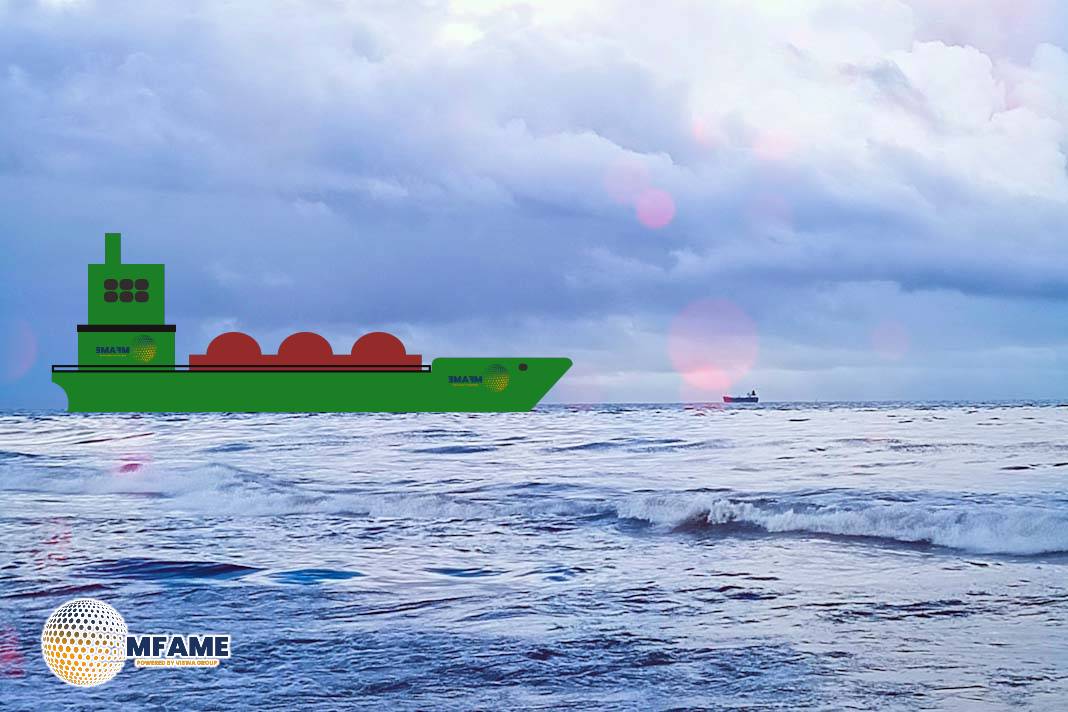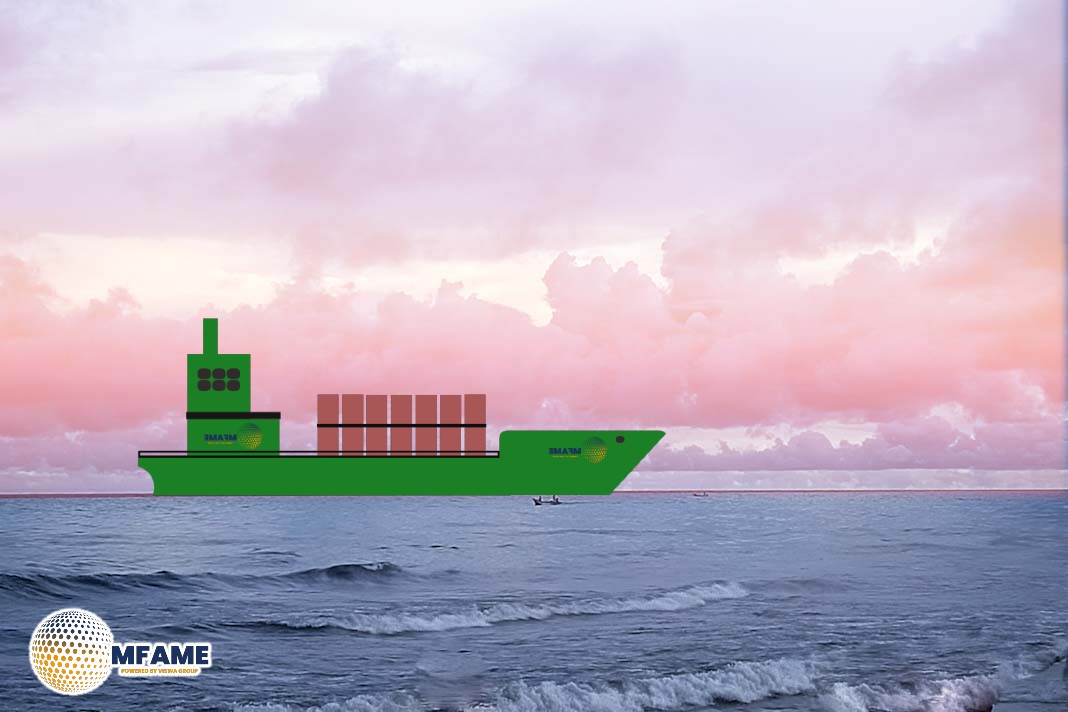The cost of shipping liquefied natural gas (LNG) has plummeted to its lowest point in five years. This decline is attributed to a combination of factors, including a surge in the global fleet of newly built LNG carriers and a decrease in average journey times, leading to increased vessel availability, reports Reuters.
Atlantic Freight Rates Decline
The Atlantic freight rates for vessels with two-stroke engines capable of carrying 174,000 cubic meters of LNG, a common type in the market, plummeted to $3,500 per day on Friday, marking a record low in Spark Commodities’ five-year dataset. This represents an 82% decline since the start of the year and a staggering 90% drop compared to the same period last year.
Rates for the same class of ship on Pacific routes also experienced a sharp decline, falling to $11,000 per day on Tuesday, the lowest level in Spark’s dataset. This represents a nearly 80% decrease from last year.
According to Deng Xiaoyi, deputy head of global LNG freight pricing at Argus, this significant drop in rates is attributed to a growing global LNG fleet, while global LNG loadings have only seen marginal increases. This oversupply of vessels stems from the anticipation of a substantial increase in LNG export capacity over the next 18 months.
Intense Competition
Deng Xiaoyi further explained that the current market dynamics are characterized by intense competition between charterers with excess shipping capacity and shipowners.
To mitigate losses and partially recover operational costs, shipowners are willing to significantly reduce their offers, leading to the observed decline in freight rates.
For older vessels with tri-fuel diesel engines, the situation is even more challenging. Atlantic rates for these vessels reached a record low of negative $2,750 per day on Monday, indicating that shipowners are incurring losses even after accounting for fuel expenses associated with a round-trip voyage in the Atlantic basin.
This period of negative rates is unprecedented, with only a brief two-day period in February 2022, just before the Russian invasion of Ukraine, witnessing similar negative rates.
Did you subscribe to our daily Newsletter?
It’s Free Click here to Subscribe!
Source: Reuters



















